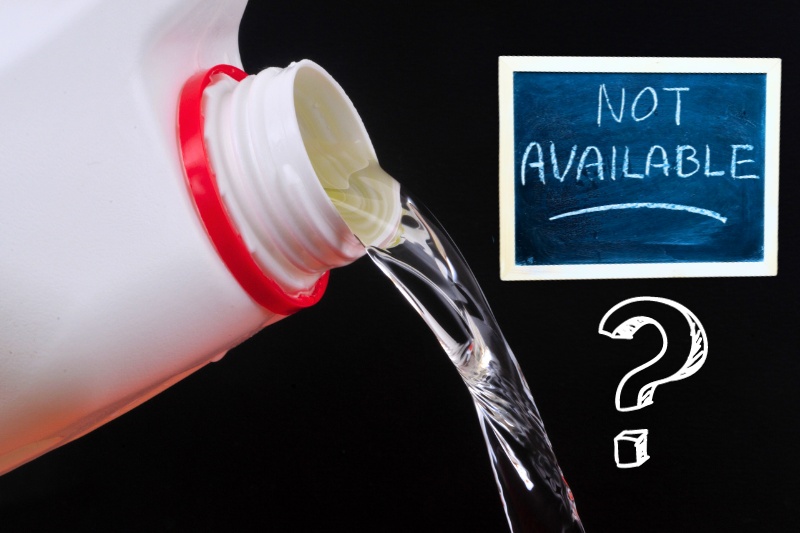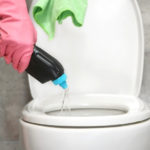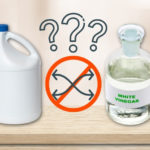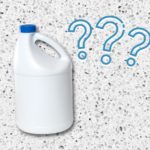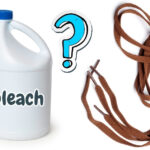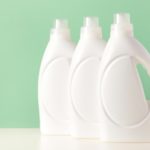Bleach has long been a staple in UK households. From cleaning toilets to whitening clothes, this versatile cleaning product is renowned for its powerful disinfecting properties and ability to remove stains and odours. It acts quickly and is a low-cost all-round cleaning solution.
“Thin bleach” has historically been the go-to type of bleach for cleaning. But recently, there has been a shortage of thin bleach across the UK.
The disappearance of thin bleach from supermarket shelves has left many homeowners asking the same question: Why is there no thin bleach in shops anymore?
In this article, we explore the reasons thin bleach has vanished from British supermarkets. We also look at alternative products that you can use and where – if anywhere – you can purchase thin bleach in the United Kingdom.
Why Is There No Thin Bleach in Shops?
If you have noticed there is no thin bleach in shops anymore, you’re not wrong. The availability of thin bleach has decreased recently, and there are several reasons for it.
1. The COVID-19 pandemic
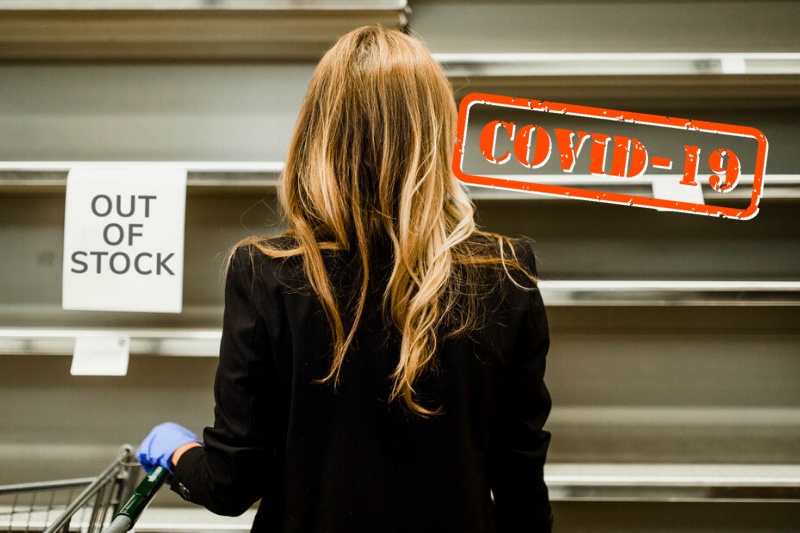
Thin bleach disappeared in shops around the time of the coronavirus pandemic for one main reason: people went crazy for cleaning!
The thought of catching a fatal virus that led the world into lockdown drove many people to stockpile cleaning products in panic.
As a multi-use cleaning agent known to kill germs, bacteria, and deadly viruses like COVID-19, thin bleach was one of the most in-demand products that quickly vanished from supermarket shelves.
But now that the craze from the pandemic has subsided and life has returned to normal, thin bleach has returned to several supermarkets.
2. Preference for safer, eco-friendly products
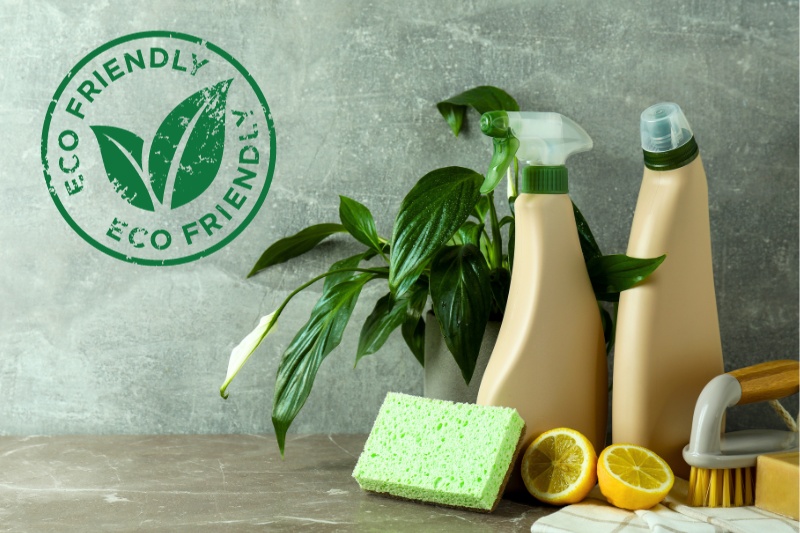
Thin bleach is harder to find than other cleaning products because the demand for thin bleach has decreased in recent years. This is partially due to health and environmental concerns.
Bleach releases chlorine into the environment, which can be toxic to wildlife. This chlorine can also be harmful to our health, causing irritation of the skin, eyes, and respiratory system.
Other safer and environmentally friendly products that have emerged – such as oxygen bleaches and eco-friendly cleaning agents – have become a preferred alternative.
As the demand for these has increased, we’ve seen a shift in the type of cleaning products available in our local supermarkets.
3. Preference for thick bleach
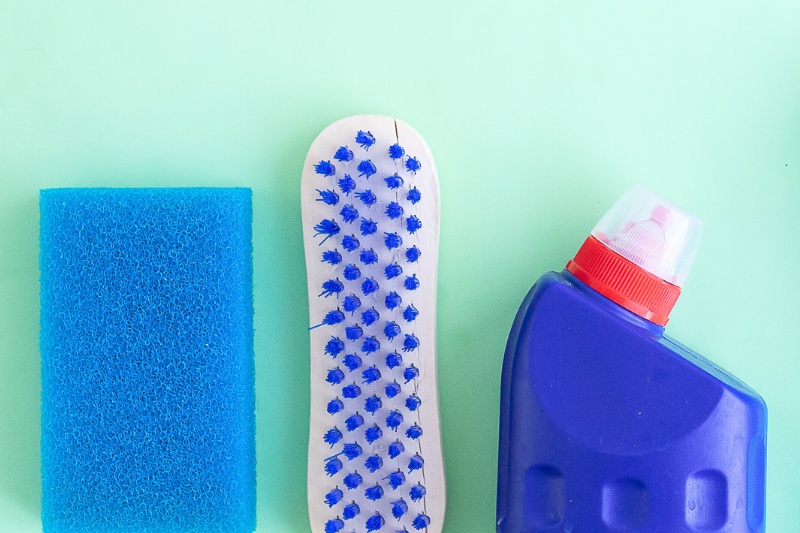
Whereas thin bleach is difficult to find in the United Kingdom, thick bleach lines the shelves of British supermarkets. Many people prefer using thick bleach because – as the name suggests – it has a thicker consistency that is easier to work with.
This thicker consistency means that it clings to surfaces better and sits on them for longer. This makes it preferable for cleaning things like toilet bowls.
While thin bleach is better for tasks like washing floors, thick bleach can also be diluted to make a runnier cleaning solution (see below).
Therefore, thick bleach is often seen as more versatile and a better option for cleaning.
Can You Get Thin Bleach in the Shops?
Despite the limited availability of thin bleach, you can buy this versatile cleaning product from Asda and Morrisons, albeit for a higher price than we are used to seeing—some supermarkets have put their prices up by 90%!
However, thin bleach isn’t available everywhere. Several supermarkets, including Sainsbury’s, Tesco, and Aldi, seem to only sell thick bleach or other alternative cleaners.
If you cannot find thin bleach in your local supermarket, another option is to order it online. Online retailers like Amazon sell 5L bottles of bleach, such as Trade Professional Thin Bleach and Crown Supplies Thin Bleach. These will cost you over £10 at the time of writing, but will last a long time.
What’s the Difference Between Bleach and Thin Bleach?
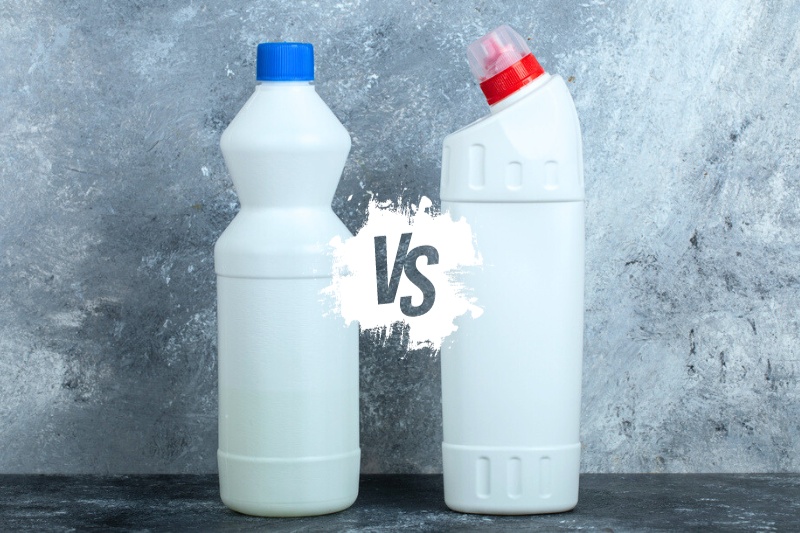
If you can only find thick bleach in your local shop, you might wonder if it will do the job of thin bleach.
Chemically, there is little difference between “thin bleach” and “thick bleach.” Both are made from a chemical called sodium hypochlorite.
This chemical is a strong oxidising agent, meaning it produces oxygen when it comes into contact with surfaces through an oxidation reaction.
This reaction is what makes bleach – both thick and thin varieties – successful at removing stains, odours, and germs.
The oxidation reaction breaks the chemical bonds that bind stains and odours to the surface beneath them and eliminates them.
Hypochlorous acid is also produced through the chemical reaction, which kills bacteria by attacking the proteins and damaging the cells.
The main difference between thick and thin bleach is therefore the addition of gelling agents. These agents are added to thick bleach to give it a more viscous consistency.
This means that thick bleach can stay on surfaces for longer and is typically a better disinfectant as it has more time to kill germs and bacteria.
Meanwhile, thin bleach is better for general cleaning and bleaching clothes.
How Do You Thin Thick Bleach?
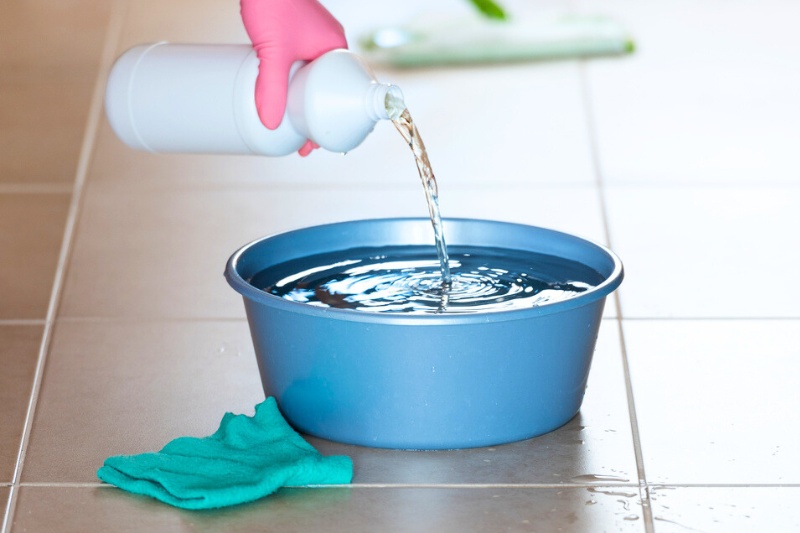
As thick bleach and thin bleach are made from the same chemicals, and because thick bleach is much more widely available than thin bleach, you might be wondering if you can dilute thick bleach to create your own thin bleach.
You can indeed dilute thick bleach to make a thinner and runnier alternative. We recommend diluting thick bleach with water at a ratio of 1:25 (40mL of bleach for every 5L of water) and using this as a thin bleach replacement.
However, although the same consistency as thin bleach, this will have a much lower strength compared to thin bleach.
What Other Alternatives Are There to Thin Bleach?
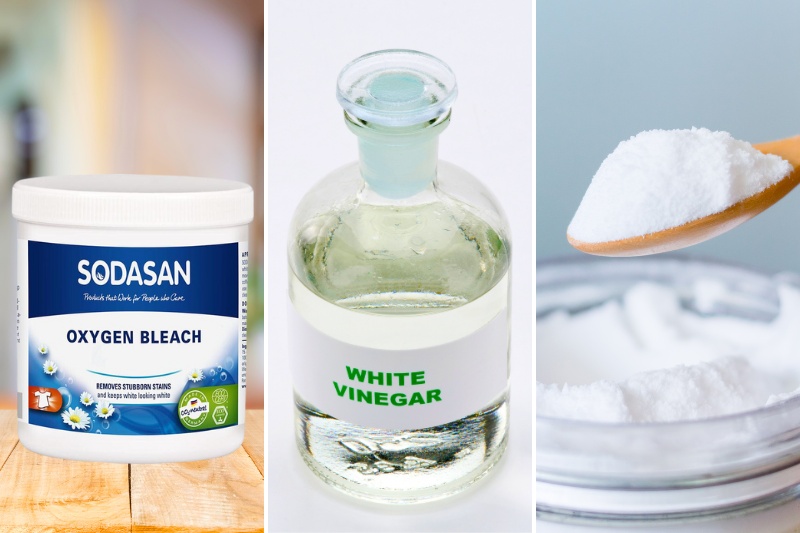
Thin bleach and thick bleach are not the only effective cleaning products on the market. If thin bleach isn’t available in your local supermarket and diluted thin bleach won’t do the job, try one of the below alternatives instead.
These products should cater to your cleaning needs while also being better for your health and the planet than traditional bleach.
- Oxygen bleach: Oxygen bleach, also known as non-chlorine bleach, is a safer and more environmentally friendly option to thin bleach. It uses hydrogen peroxide or a similar compound to release oxygen molecules, which effectively break down stains and disinfect surfaces without the harmful effects of chlorine bleach.
- Eco-friendly cleaning solutions: If you’re environmentally conscious, you can create your own eco-friendly cleaning products using everyday household items, such as white vinegar, lemon juice, and bicarbonate of soda. These solutions are also safer than bleach as they contain no nasty chemicals.
- Multi-purpose cleaners: If you’re looking for an all-in-one cleaning solution, multi-purpose commercial cleaners offer effective disinfection and stain removal without relying on harsh chemicals. These products are designed to tackle various surfaces and can be safely used in most household cleaning tasks.

Hannah has a passion for cleaning. She worked her way around Australia by cleaning hostels in exchange for free accommodation and used her cleaning skills to bag a job as a chalet host for a luxury ski company in France.
